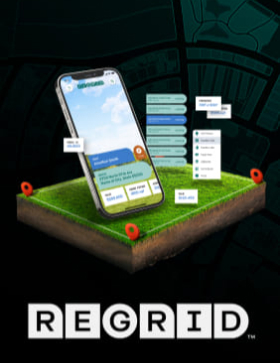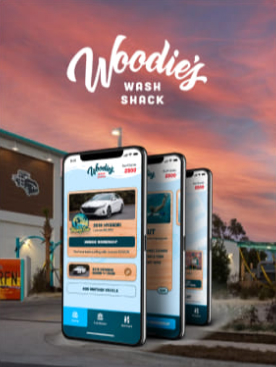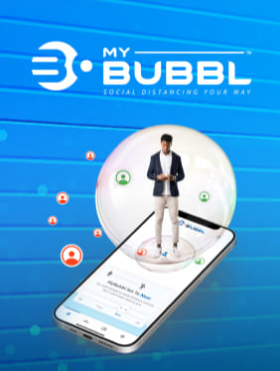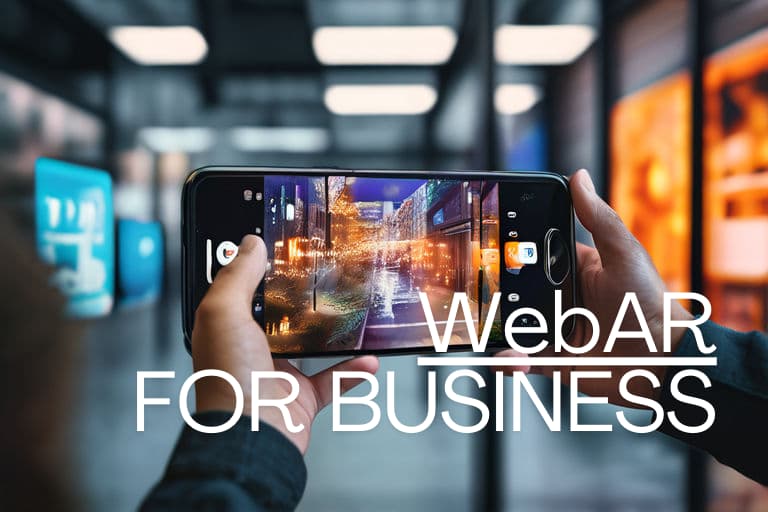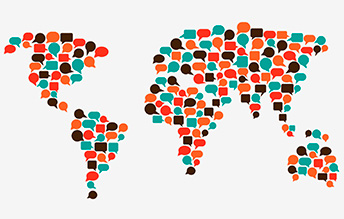
Your product is awesome. You know it. Your team knows it. How do you make sure the world knows it too? The answer may be obvious, but it’s very important: Go where the people are and speak their language.
Thanks to the internet, you can go where the people are without leaving your desk. But going digital isn’t enough–you have to go mobile. According to the International Telecommunication Union’s 2015 Facts and Figures, mobile broadband subscriptions worldwide have increased twelve-fold since 2007, now covering 47% of the world’s population (87% in developed countries). By comparison, fixed broadband subscriptions account for roughly 11% of the world’s population.
So you’ve found the people. But now you have to talk to them…
The online / connected world is becoming increasingly multilingual
- Although English is the dominant language of the web, native English speakers make up a mere 27% of the total online audience
- This percentage is significantly lower now when compared to the early days of the web, and is set to fall further as more of the world comes online
- Outside of the Anglosphere (US, UK, Australia, New Zealand), multilingual environments are the norm
- Even in massive English-speaking markets such as the US, over 10% of the population speaks Spanish
For those interested in diving a bit deeper into the stats, we suggest this list of countries by smartphone penetration.
Just because consumers understand, it doesn’t mean they’ll buy
- According to The World Bank, 80% of the web’s content is now in 1 of 10 languages:
- English, Chinese, Spanish, Japanese, Portuguese, German, Arabic, French, Russian and Korean
- According to a report published by the European Commission, around 42% of consumers say they would never purchase products or services in other languages
- In a separate Gallup study of user language preferences online, it was found that 48% of European Union internet users used English to read and watch content online, and 42% said they would never purchase products in a language other than their own.
What does it mean for your business?
Regardless of the fact that many international consumers can read and understand English, it doesn’t mean that they’ll buy from a site that doesn’t provide information in their native tongue.
With so much time and effort being put into App Store Optimization (ASO), too often, developers don’t consider one major question: How will non-English speakers find your website or app if it isn’t in their language (think App Store, Google Play descriptions, etc.)?
Finding the right global markets for your business
- Use analytics to identify overseas interest in your site.
- Understand each location and the specific interest coming from this region.
- Think about how appealing a market really is. This can include considering:
- Number of people within the market speaking a common language
- Percentage of internet usage, as well as how web is accessed (ie. via mobile)
- Per capita GDP
But before you start translating, ask yourself these questions
- How will my product(s) fare?
- Is a local competitor selling the same product for less?
- Could a local competitor easily copy your product and sell it at a lower price?
- Will the product have value to consumers?
- Can your product be profitably sold in an international market?
Consider logistical factors
- If you translate all or a portion of your website, it will of course attract overseas customers
- Do you have the infrastructure in place to deal with this?
- Customer service inquiries
- Product / service-related questions
- Would you be able to effectively establish this infrastructure?
- What are the local laws and regulations, and how will they impact you?
- What’s the local currency and does it pose any potential risks?
A step in the right direction
Website and app globalization isn’t a silver bullet, but it’s a critical step in the right direction if you want to:
- Diversify / expand your customer base,
- Mitigate risk associated with relying too heavily on a single (domestic) economy (e.g. putting your eggs all in one basket),
- Sell your products and services to the other approximately 91% of the world’s population that doesn’t speak English as their native language
In summary…
From logistical factors to local culture, finding the right global markets for your business is about more than just translating your website or app into as many languages as possible. Not only do you need to be able to put an infrastructure in place to deal with overseas customers, but you also need to be confident that the market will offer a return on your investment. Put these pieces into place and you will be surprised at what a truly global customer base can do for your business!
If you’re interested in taking next steps to strategize the best approach for your multilingual audience, Gravity Jack highly recommends our friends at River Linguistics. River Linguistics is a technical translation agency located in Spokane, Washington, serving the aerospace & defense, manufacturing, legal, healthcare and IT sectors. With decades of industry experience, River supports its clients by employing a secure Translation Management Workflow system with integrated translation technology that ensures ITAR and HIPAA compliance, as well as transparency, consistency and quality in everything that they do.
Tell ‘em the team at Gravity Jack sent you!

